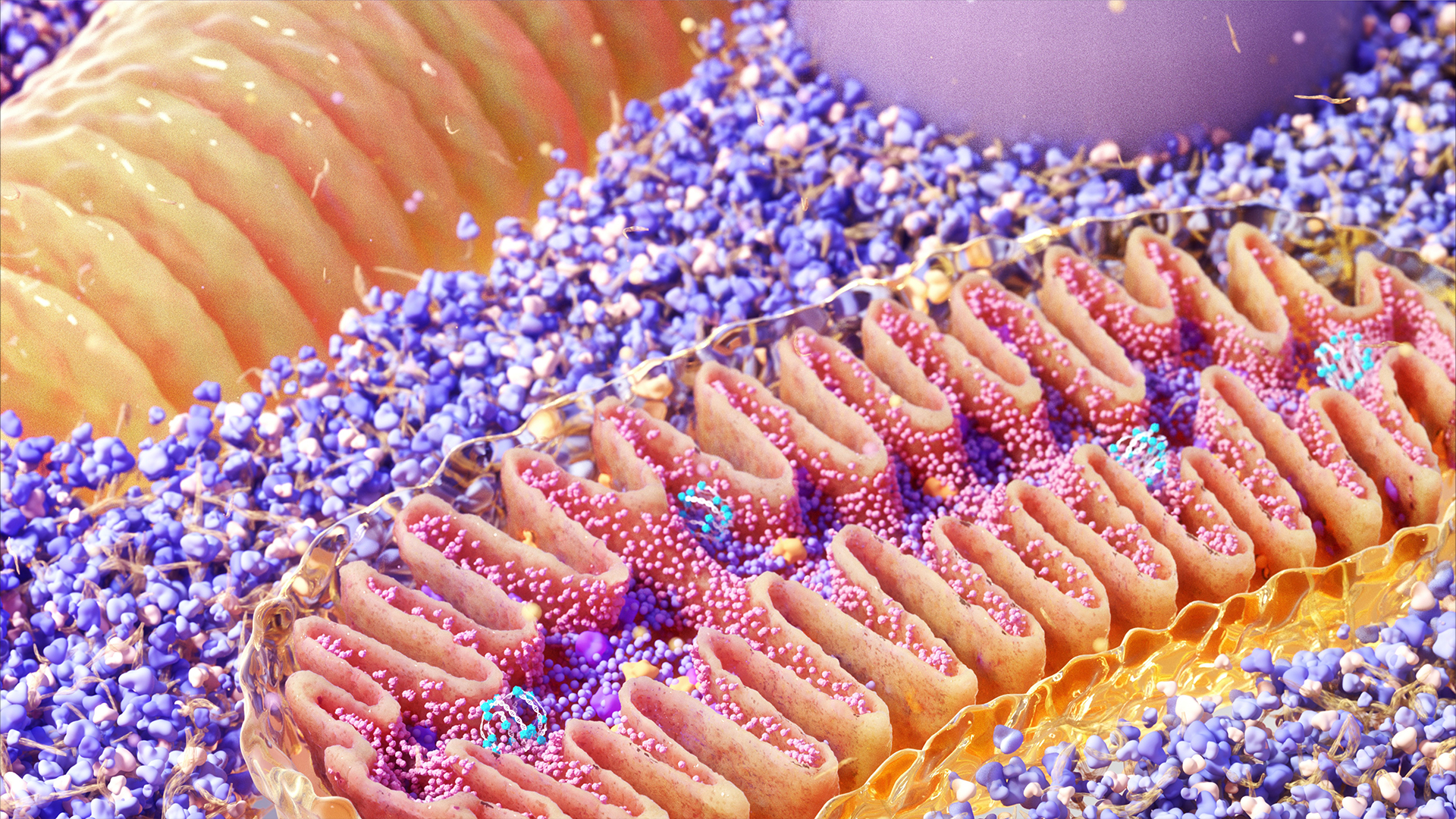Relatives of the 1st mitochondria may be living in geothermal hot springs today
Scientists say they've identified a potential living relative of the ancient microbe that gave rise to the "powerhouse of the cell."

More than a billion years ago, one simple cell ended up trapped inside another and never left, and its descendants went on to become mitochondria, the so-called powerhouses of cells.
But even now, bacterial relatives of that first trapped cell — a protomitochondrion, as researchers call it — can be found floating in modern hot springs and other aquatic environments, a new study suggests.
Protomitochondria gave rise to the cellular energy center of eukaryotes — all animals, plants, fungi and protists, whose cells contain structures called organelles that perform specific functions. Although mitochondria still have their own DNA that's available for analysis, researchers haven't definitively determined which species of modern bacteria may descend from protomitochondria.
In the new study, published Wednesday (Aug. 9) in the journal Science Advances, researchers focused on genetic traits that enable bacteria to perform certain functions that are essential to protomitochondria, like making fats for mitochondrial membranes. Using these genetic criteria, the researchers pinpointed a type of bacteria that has not been previously suggested to descend from protomitochondria and that lives in conditions similar to those that would have supported life in Earth's ancient oceans.
Related: Missing link between simple cells and complex life-forms possibly found
In the 1.6 billion to 1.8 billion years since mitochondria came into existence, the genetic signature of protomitochondria "has been diluted, scrambled, and … a very little bit has been left," Mauro Degli Esposti, senior author of the paper and a researcher at the Center for Genomic Sciences at the National Autonomous University of Mexico in Cuernavaca, told Live Science. Because of this, Degli Esposti's team applied an approach that did not rely as much on genetic sequences that may have become scrambled, he said.
The researchers sifted through a repository of 314 genomes of alphaproteobacteria — the class of bacteria that research suggests protomitochondria came from — looking for genes that coded for essential proteins shared with mitochondria. Many of the most important of these genes, Degli Esposti said, serve the same purpose as ones mitochondria use to produce energy using oxygen, as well as without oxygen.
Get the world’s most fascinating discoveries delivered straight to your inbox.
Other genes would be needed to create certain fats, including cardiolipins. These fats are found in prokaryotes — organisms whose cells lack organelles — and in the mitochondrial membranes of eukaryotes.
Bacteria in the order Iodidimonadales met the greatest number of these genetic criteria, leading the researchers to believe that these bacteria could be closely related to protomitochondria. These bacteria live in a variety of places, including freshwater and ocean geothermal springs, an extreme environment similar to some found in Earth's oceans nearly 2 billion years ago.
Iodidimonadales bacteria hadn't previously been flagged as potential protomitochondria descendants and don't have all of the traits that the researchers considered essential, though they have the most among alphaproteobacteria. The team cites previous research suggesting that "lateral gene transfer," a process bacteria use to pass genes to one another, could have caused these bacteria to lose genes over time.
Looking at these genetic traits is a logical approach, Sergio Muñoz-Gómez, an assistant professor of biological sciences at Purdue University who was not involved with the research, told Live Science. However, the approach has flaws, so it complements, but does not replace, more traditional methods, like building family trees based on organisms' genetics.
Using the study's methods, Muñoz-Gómez said, researchers might end up wrongly identifying species that share traits with protomitochondria because of convergent evolution, in which similar traits evolve independently in species without common ancestry.
A better understanding of how mitochondria evolved could potentially help us understand diseases in which mitochondrial function gets disrupted, such as Parkinson's disease, Degli Esposti said. Beyond medical applications, learning about the origins of mitochondria can help us understand how all complex life, including humans, came to be.
"This is a way to get closer to that answer [of] where we ultimately come from and how we evolved from our distant ancestors," Muñoz-Gómez said.
Editor's note: This story was updated on Aug. 15, 2023 to clarify that Iodidimonadales bacteria can be found in both hot springs and in other aquatic environments.

Rebecca Sohn is a freelance science writer. She writes about a variety of science, health and environmental topics, and is particularly interested in how science impacts people's lives. She has been an intern at CalMatters and STAT, as well as a science fellow at Mashable. Rebecca, a native of the Boston area, studied English literature and minored in music at Skidmore College in Upstate New York and later studied science journalism at New York University.


